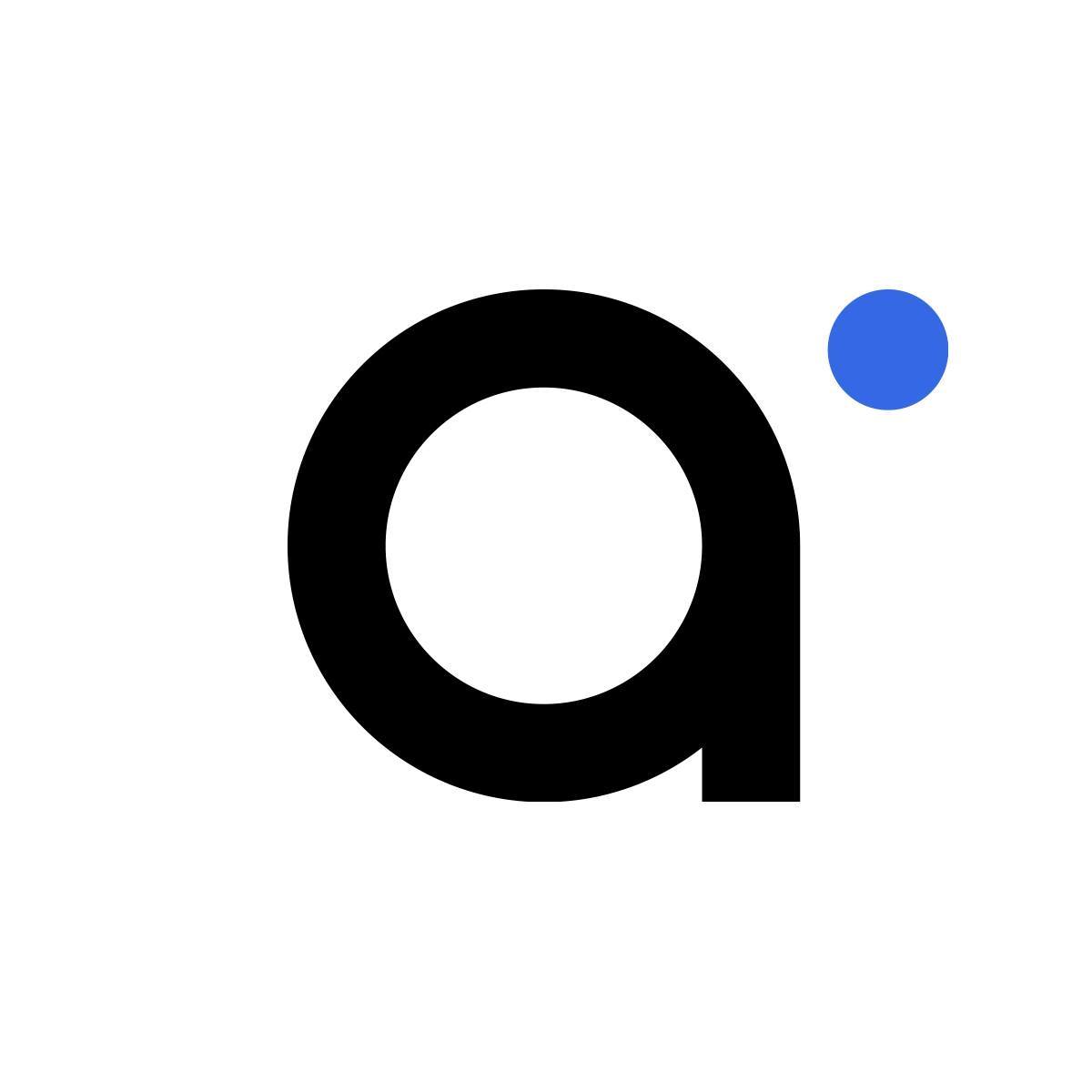What is market cap
Market cap is an abbreviation of market capitalization. Its amount consists of the simple formula average price x number of coins in circulation. Another description is the total value of all coins combined. In this lesson we will tell you about market cap, a frequently used term in the world of cryptocurrency.
Market cap or market capitalization is a formula consisting of the number of coins at the average current market price
Cryptocurrencies are divided into large cap, mid cap and low cap crypto
One important value consists of the Bitcoin market cap, from which Bitcoin dominance is derived
Total market cap says something about cryptocurrency's place in the global economy
Although market cap has its limitations it is still a good measure of crypto's popularity
Market cap and real value
The market cap or market capitalization is the value that investors believe will be given to a coin. This sometimes has little to do with how much value a company adds, but how much investors are willing to invest in something. Proving this memecoins, which often have no use case, yet can be "worth" billions in total.
The market cap in cryptoland can therefore be seen as an emotional gauge, with sentiment playing a bigger role than the real value of a cryptocurrency. You could also call the market cap a relative value to the other cryptocurrencies.
As a coin's market cap rises, traders gain confidence in a cryptocurrency. The term itself came over from the stock world, where the total number of shares outstanding determines market cap.
The calculation of the market cap
If you want the market capitalization calculated it looks like this:
Suppose there is a cryptocurrency, of which there are 100 million in circulation. In terms of current market price, this coin is worth an average of 5 euros each. The market cap is then 100 million times 5 = 500 million euros.
The market cap can be admired on sites that track all cryptocurrencies, such as financial tools like CoinGecko or CoinMarketCap. It is the measure of how popular a coin is.
The higher a coin's market cap is, the harder it is to get the price up or down, as it requires more and more capital.
Distribution of coins in terms of market cap
There are roughly three components to the market, although the highs are trivial. The lower a coin ranks, the more risky it is to buy it.
Large cap companies or blockchains. These are cryptocurrencies with a very high market capitalization. These cryptocurrencies are very liquid and can be traded almost anywhere. Volumes are usually high. One often speaks of cryptocurrency with a market cap of more than $1 billion. At some point this will be adjusted, though, since at the time of writing this covered the entire top 100. It is customary to include roughly the top 50, which brings you to about $3 billion. Large cap cryptocurrencies normally suffer less volatility as they are established companies. Also network attacks are much less common because they are too expensive to implement.
Mid cap companies. These are cryptocurrencies that rank, say, from spot 50 - 200 in CoinGecko. This is a mix of established coins that are declining and emerging coins that are actually rising in popularity. Very few coins consistently reside in these regions. Volatility is a lot higher with these coins, attacks are usually still too expensive to execute.
Low cap or small cap companies. These are cryptocurrencies ranked lower than about the top 200 in CoinGecko. Most investors do not find these coins interesting, they do not even look beyond page 1. Many of these coins are available in far fewer places and harder to sell. Many of these have not yet been audited and may even be scams, such as a rug pull, are. Volumes are usually low. As rankings get lower, volatility is higher. Attacks occur more regularly because this is payable. What is also more common is a pump and dump of low or micro cap coins, because these require less capital. Buying coins from these regions is very high risk, but can hypothetically give very high returns. Then you have to do good research and knowing what to look out for. Many coins in these regions can also hibernate endlessly and hardly undergo major price changes.
Bitcoin dominance
Bitcoin's market cap relative to the other coins is an important factor in the world of cryptocurrency. You often see Bitcoin worth more than all the other coins combined. Once Bitcoin dominance is above 50%, that's it. This has been true for much of Bitcoin's "career."
Once you see Bitcoin dominance drop sharply, it means that the other cryptocurrencies are rising more than Bitcoin. This is also called altcoin season. It means that you can earn more by investing in coins other than Bitcoin. Usually this happens in a bull market. True professionals can start to focus their attention more during this time on altcoins.
Total market cap
CoinGecko displays at the very top the total market cap of all coins combined. Over time, this market cap has increased tremendously and at the time of writing already exceeds 2500 billion.
This means that all traders combined have put a total of €2500 billion into all cryptocurrencies. The growth of this shows that investor confidence in cryptocurrency is growing.
By comparison, Bitcoin has a market cap of 1,300 billion at the time of writing. Apple and Microsoft, the world's largest companies in terms of market cap, are worth about 3,000 billion. So it seems a matter of time before Bitcoin has a higher market cap than even the largest companies. This means that relatively more and more people are investing in Bitcoin than in shares of large companies.
Market cap restrictions
Suppose a coin enters the market and not a single coin has been sold. Then the value, or liquidity, is 0. If now someone buys coins for 1000 euros, then suddenly the market cap is 1000 euros and the price goes up enormously. If the market cap at that time was 10,000 euros, the price would go up by 10%. That is the relationship between market cap and purchases of a cryptocurrency.
Therefore, the market cap of young coins is not yet a good indicator of a coin's strength. As time goes on, the market cap will become an increasingly reliable indicator of a coin's success.
Sometimes blockchains decide to suddenly put a large amount of coins on the market. Then the market cap rises significantly. However, this is not a good indicator, because you will usually see the price of the cryptocurrency gradually drop. Therefore, always keep an eye on the road map of a crypto you have a lot of. You don't want to see your coins suddenly plummet because the market is flooded with new tokens.
Full market cap
At CoinGecko, you also see the fully diluted valuation. This is the maximum supply of coins there will be multiplied by the current price. With some coins this is not known, as more are added all the time, such as Ethereum. With a coin like Litecoin, this is known, which is 84 million coins maximum, following the same halving schedule as Bitcoin.
Market cap narratives
There is also a market cap of so-called narratives or storylines. These reflect the popularity of an individual category, found at CoinGecko under the heading "Cryptocurrencies."
Since Bitcoin is so popular, layer1 will probably always be at the top here. You can see here by category which is rising in popularity. This way you can spot trends and hypes.
The future of market cap
The more one studies crypto, the more one begins to understand the connection between all aspects. Market cap is a great tool to deduce important information from the number of coins and the price. As long as there are cryptocurrencies that have a price this thing is not going away. Fortunately, because otherwise you would have no idea how popular coins would be!

